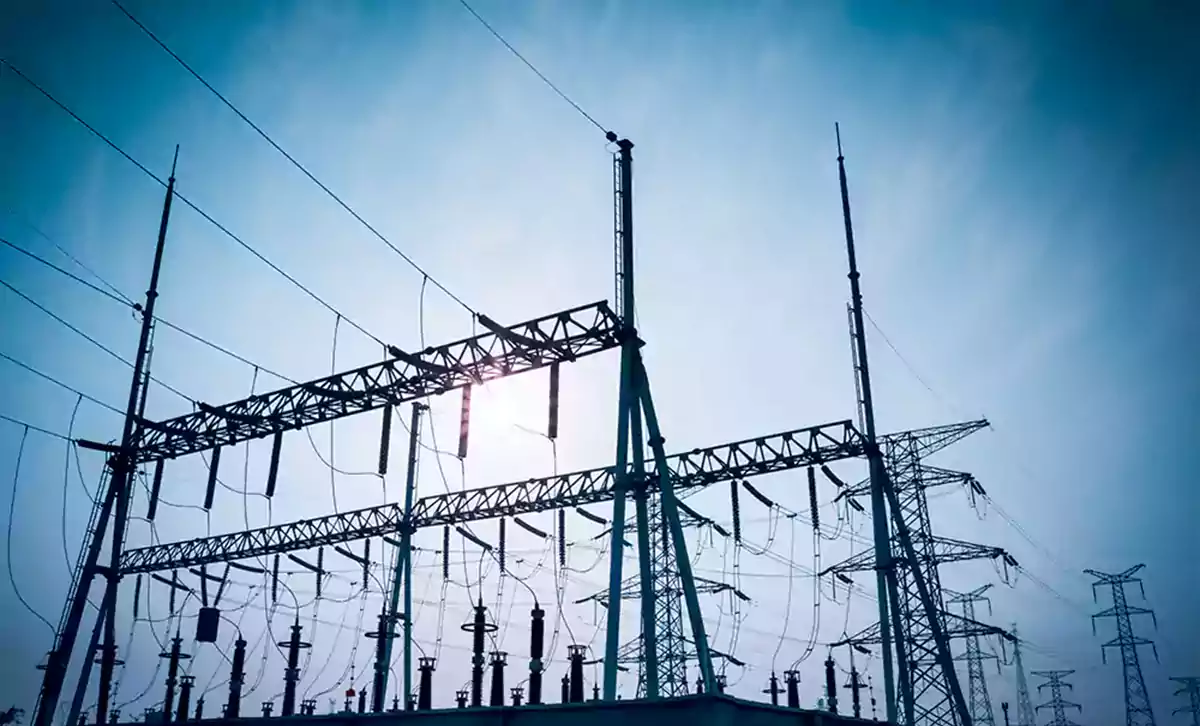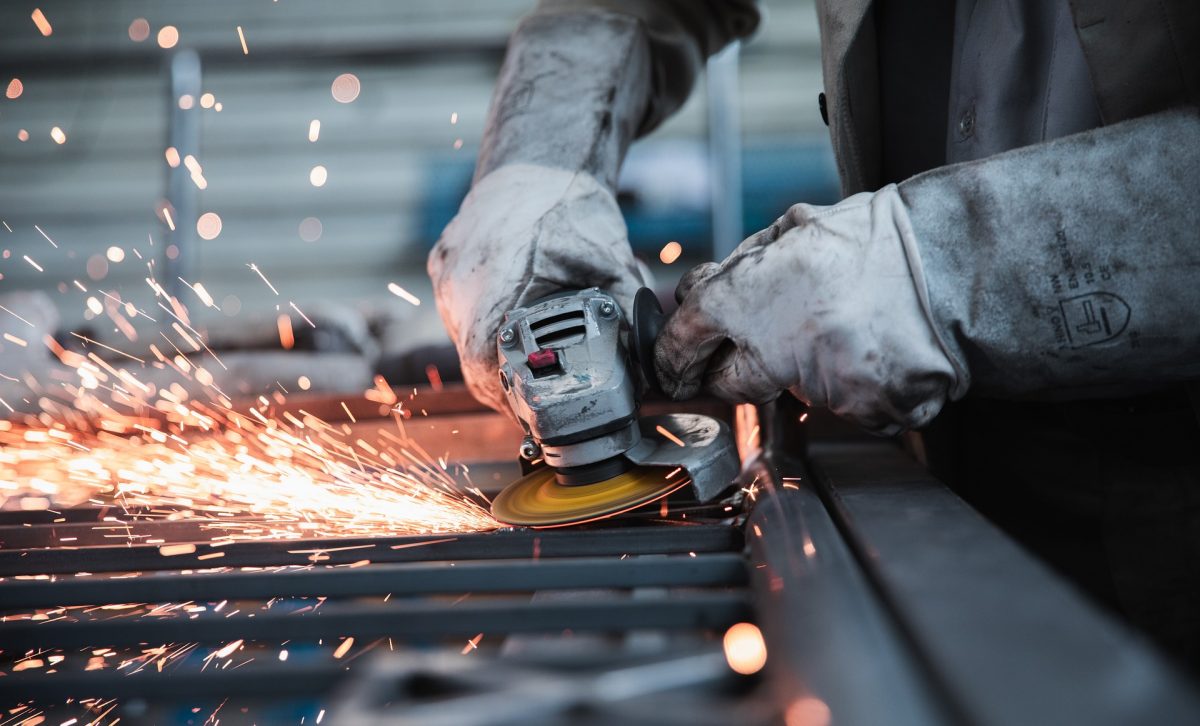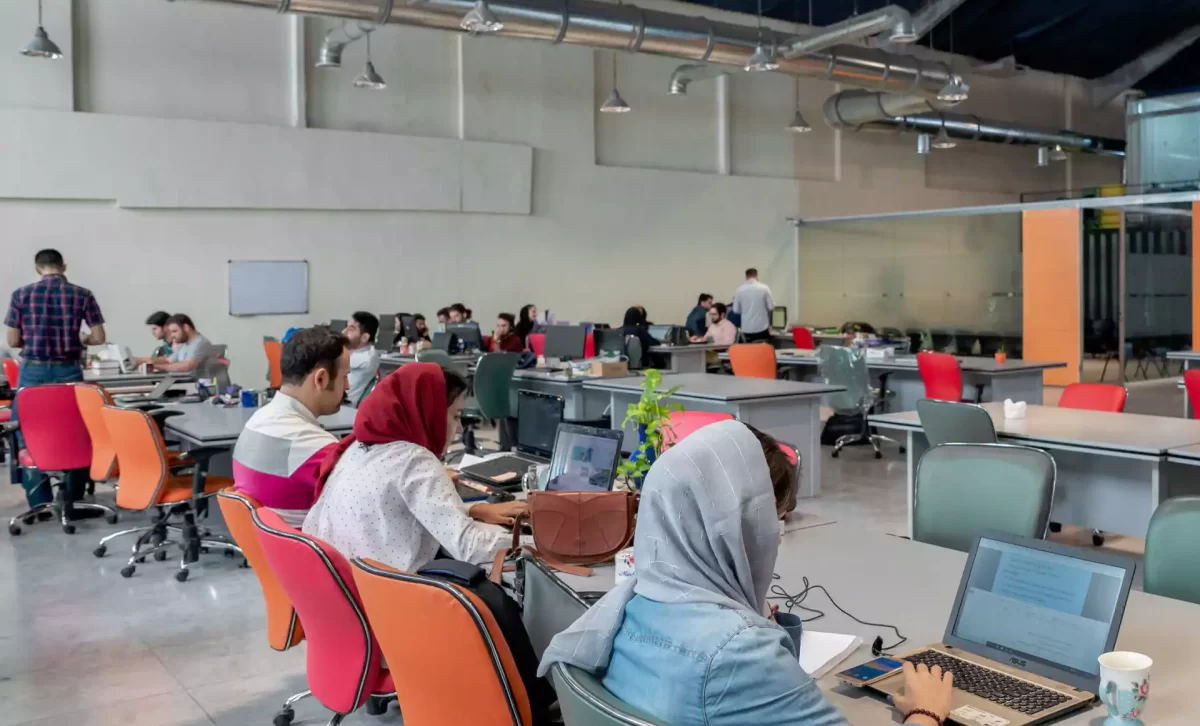It is interesting to know that coal-fired power plants produce more than just carbon dioxide. Thus, they are effective in global warming.
When coal burns, it releases suspended particles, sulfur dioxide, nitrogen oxides, and mercury. The release of these airborne particles harms the health of many people around the world.
Uneven pollution levels
According to the latest results published in the journal Nature Sustainability, China and the United States are the largest coal energy producers. But you need to know that power plants in India have the most health losses in the world.
Central Europe, North America, and China all have modern power plants. But old power plants are still used in some parts of the world, such as Eastern Europe, Russia, and India. Unfortunately, the old power plants can not adequately purify the gas and get it out of the chimney.
These power plants can only remove some of the pollutants; they often burn low-quality coal as well.
It is interesting to know that more than half of the health problems can be found in only one-tenth of the power plants.
According to Christopher Obershelp, lead author of the article, these power plants should either be upgraded or shut down as soon as possible.
A review of quality
The global picture of coal energy production shows that the gap between the Bertro regions is closed. In fact, this gap is widening day by day.
This gap usually occurs for two reasons.
First, rich countries like Europe import high-quality coal. This type of coal has little harmful sulfur dioxide.
Poor coal-exporting countries (such as Indonesia, Colombia, and South Africa) burn low-quality coal in old power plants that do not have modern chimneys to eliminate their sulfur dioxide.
Second, power plants in Europe are also contributing to global warming, which is having a global impact.
However, health damage caused by particulate matter, sulfur dioxide, and nitrogen oxide occurs mainly in Asia because coal energy is used to produce a large part of consumer products.
Electrochemical storage
The devices capable of storing the energy through the process of reduction-oxidation produced in the electrochemical bonds of the electrolyte are the batteries.
These elements have a cycle that consists of unloading and loading, allowing their reuse according to their useful life, this will depend on the characteristics specified by the manufacturer. This capacity determines the amount of time that a certain level of current can produce, determining the autonomy of independent power generation.
When scaling the level of energy requirement, the storage capacity and production must be increased, grouping the batteries into arrays, combining the serial and parallel connections in order to obtain the voltage and current required by the load.
This arrangement is charged by one or many energy generation devices during its productive time to use the storage and compensate the non-production periods
To illustrate the scope, let’s examine one of the top battery solutions available in the market called the Tesla Powerwall.
Which consists of a 7kW or 10kW battery (two versions) with a built-in inverter and ready for connection to solar panels or the new development of solar roof called Solar Roof (solar panels in tile form that integrates generation with decoration and functionality).
This device also has the ability to provide surplus energy to the network (where there is the appropriate technology and the necessary legislation), thus achieving a generation of electricity that would represent a considerable decrease in billing.
Today, the acquisition of a Powerwall 2 ($ 5,500, 14 kWh, 10-year warranty) is a profitable and ecological option. While Tesla continues to bet on this sector, it will be seen how the final consumers react.
Source: sciencedaily
This article was published on February 19, 2019, by ETH Zurich.








